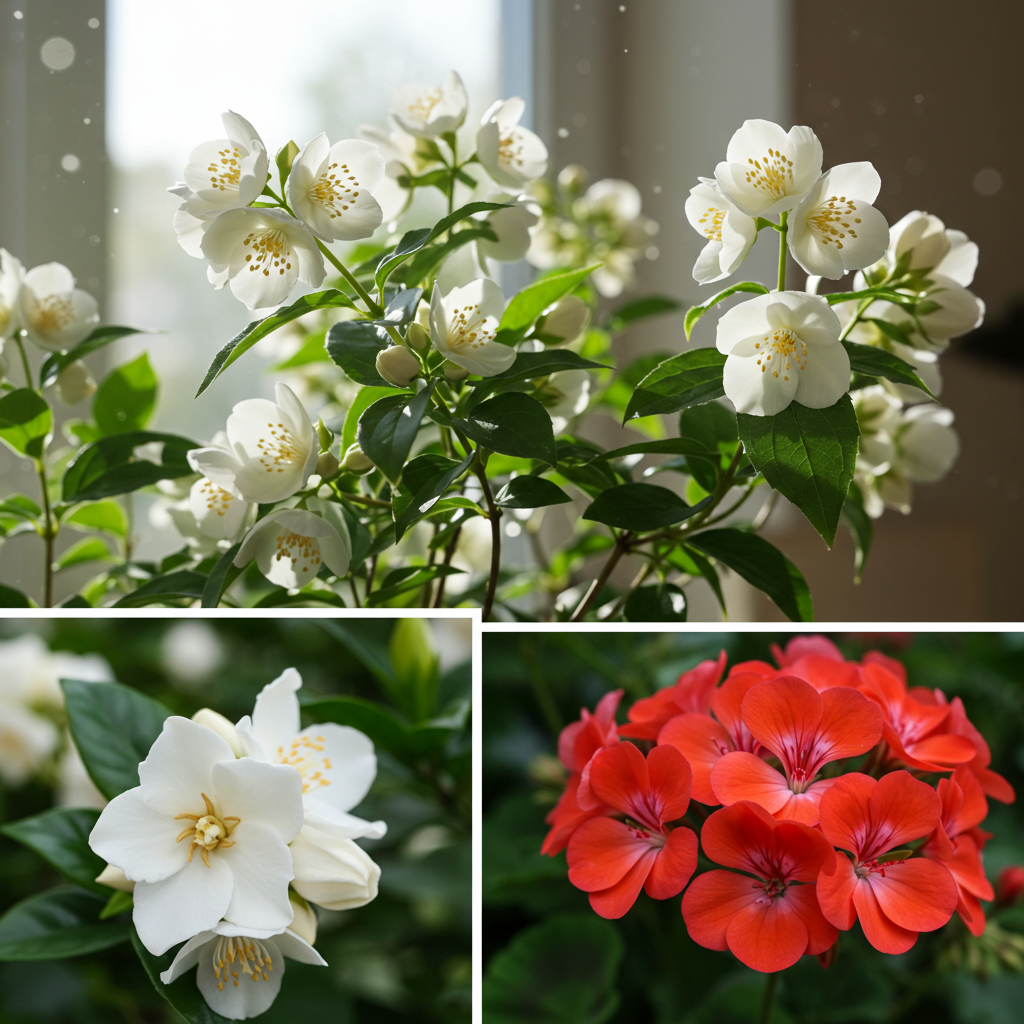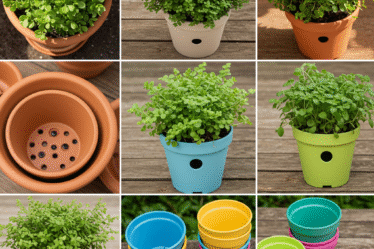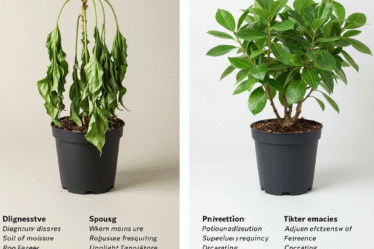
Imagine stepping into your home, greeted not by artificial air fresheners, but by the delicate, natural perfume of blooming jasmine or the invigorating zest of citrus. This olfactory dream can become a reality with the strategic placement of fragrant houseplants. This article explores the most aromatic varieties and provides tips for maximizing their scent potential, transforming your living space into a fragrant oasis.
For a truly captivating fragrance, consider the intoxicating allure of jasmine. Several varieties thrive indoors, including the popular Jasminum polyanthum, known for its intensely sweet aroma, particularly potent during the evening hours. While requiring bright, indirect light and consistent moisture, the reward of its heady perfume is well worth the effort. Alternatively, gardenias offer a rich, creamy fragrance, reminiscent of a luxurious spa. They prefer slightly acidic soil and consistent humidity, mimicking their natural tropical environment.
If you prefer a lighter, more refreshing scent, citrus trees are an excellent choice. Dwarf varieties of lemon, orange, and lime trees not only bear fruit but also release a zesty fragrance from their leaves and blossoms. Position them near a sunny window and ensure adequate drainage to encourage healthy growth and optimal fragrance production. For a more herbaceous aroma, consider mint. Easily grown in pots, mint offers a wide array of scents, from the classic peppermint to the sweeter notes of chocolate mint. Regular pruning will encourage bushier growth and intensify its refreshing fragrance.
Beyond these popular choices, a world of fragrant houseplants awaits discovery. The sweetly scented blossoms of hoyas, the spicy aroma of scented geraniums, and the surprisingly fragrant leaves of eucalyptus all offer unique olfactory experiences. Experimenting with different varieties allows you to curate a personalized fragrance profile for your home.
To maximize the fragrance of your indoor plants, proper care is essential. Ensure they receive adequate light, water, and nutrients, as healthy plants produce the most potent scents. Strategic placement also plays a key role. Positioning fragrant plants near doorways, windows, or in well-ventilated areas allows their aroma to circulate effectively throughout your home. Avoid overcrowding plants, as this can hinder air circulation and diminish their fragrance.
Creating a fragrant home with houseplants is more than just an aesthetic pursuit. Studies have shown that certain scents can positively impact mood, reduce stress, and even improve sleep quality. By incorporating fragrant plants into your living space, you can not only enhance the beauty of your home but also create a healthier, more inviting atmosphere. So, embark on this sensory journey and discover the transformative power of fragrant houseplants.



